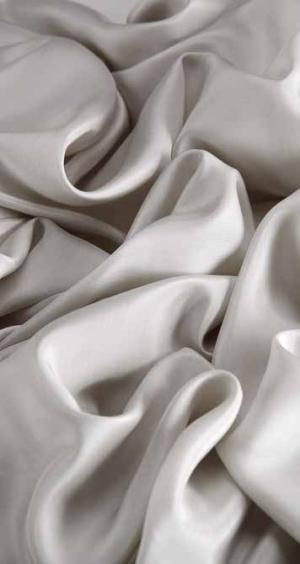News / Events

SILK, PICTURE OF A SUBLIME FABRIC
12/03/2014
Legend says that sericulture’s birth was due to empress Xi Ling Shi who noticed a caterpillar while she was taking a walk in her imperial garden. After she touched it lightly with her fingers, a silk filament appeared. It wrapped around one finger forming a little cocoon.
Since that moment people started working silk all over China. The emperors who succeeded kept this sericulture’s practice secret until 300 b.C. when silk working methods started to spread, until they were known by Europeans by 550 a.C.
Among European countries , Italy was the greatest western manufacturing country in silk field, particularly Como region.
Depending on the ways it is processed, silk gets a greater grade of quality and in every process it comes under, it loses something (silk-waste).
So, we can obtain different types of silk, that is to say, a raw fiber, a raw silk fiber, a souplè, a sericin removed silk fiber or wild silk.
However, the most of silk great features are to be discovered in a touch. If it’s smooth it’s ideal for falling and delicate window treatment curtains; if it’s stiff, it’s perfect for more sustained window treatment curtains.
From silk fiber we can get three different types of yarns , that’s to say, organzine silk, crepe de chin silk and spun silk.
We can get something from silk-waste, too: shape, shantung or bourette silks. Smooth, enveloping, refined and elegant, you can find in our new collection IRIS all the several expressions of beauty in great heights, in raw or colored fabrics and combined with some other precious yarns such as cotton or linen.





